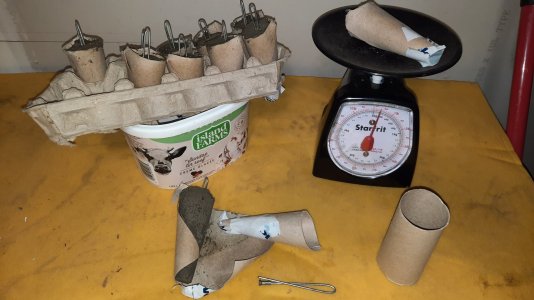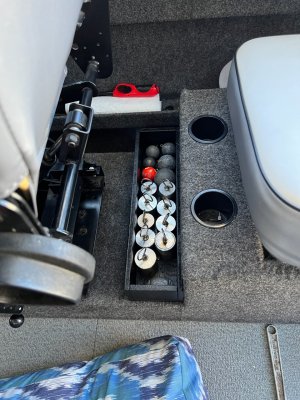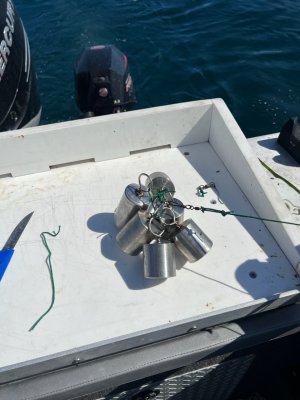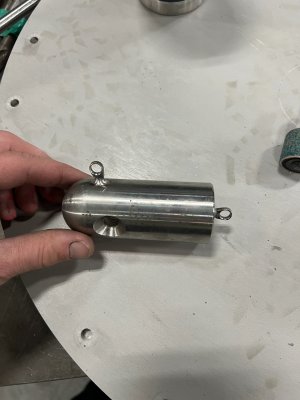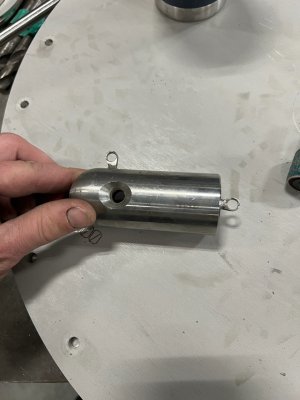the force
Crew Member
I tried a search but didn't find much on this topic. I'm in the process of putting together a bottom fish kit for a much anticipated trip to the outside (WH) and see a few cylinder weights on Pacific Net and Twine site. It appears round weights are the most popular for halibut and ling fishing, however I am curious why cylindrical weights aren't more popular...perhaps I'm missing the physics or maybe just a supply and demand thing? In my mind cylinder weights are much less prone to snags, they are the more popular shape for freshwater the 'drop-shot' rig.
Drop-shotting (essentially a 3-way rig) is one of the tools I'd like to have in my kit as; 1) easier to maintain bottom contact and more time in the strike zone when drifting pinnacles/aggressive structure; 2) I can use a weightless plastic/hoochie/bait which I hope helps with presentation/hook-up rate 3) I am not crazy about loosing $15 jigs if fishing unfamiliar/snaggy structure.
Are there any cons I'm missing or is this anyone's favorite technique? Looking forward to some discussion and perspectives!
Drop-shotting (essentially a 3-way rig) is one of the tools I'd like to have in my kit as; 1) easier to maintain bottom contact and more time in the strike zone when drifting pinnacles/aggressive structure; 2) I can use a weightless plastic/hoochie/bait which I hope helps with presentation/hook-up rate 3) I am not crazy about loosing $15 jigs if fishing unfamiliar/snaggy structure.
Are there any cons I'm missing or is this anyone's favorite technique? Looking forward to some discussion and perspectives!
Last edited:


